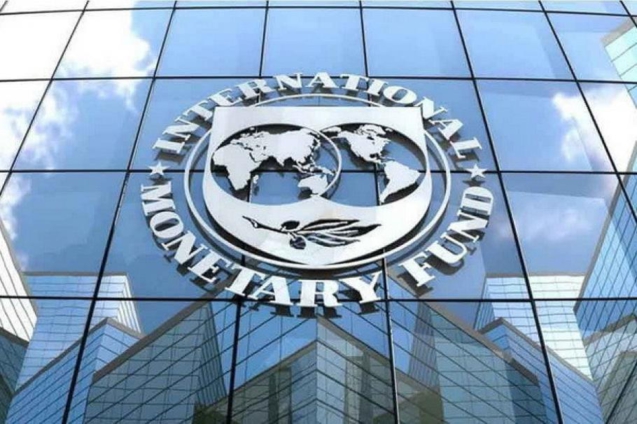Global debt is returning to its rising trend, the International Monetary Fund has warned.
In a report, it said although global debt recorded another significant decline in 2022, it is still high, with debt sustainability remaining a concern.
It furthered that the global debt burden retreated for the second year in a row, even though it remains above its already-high pre-pandemic level, according to the latest update of our Global Debt Database. The total debt stood at 238% of global Gross Domestic Product last year, 9 percentage points higher than in 2019. In US dollar terms, debt amounted to $235 trillion, or $200 billion above its level in 2021.
“Policymakers will need to be unwavering over the next few years in their commitment to preserving debt sustainability”, the Fund advised.
Despite the economic growth rebound from 2020 and much higher-than-expected inflation, the IMF alluded that public debt remained stubbornly high, adding “fiscal deficits kept public debt levels elevated, as many governments spent more to boost growth and respond to food and energy price spikes even as they ended pandemic-related fiscal support”.
“As a result, public debt declined by just 8 percentage points of GDP over the last two years, offsetting only about half of the pandemic-related increase, as shown in our latest Global Debt Monitor”, it added.
Private debt, which includes household and non-financial corporate debt, declined at a faster clip, dropping 12 percentage points of GDP.
Forces in debt trends
Before the pandemic, global debt-to-GDP ratios had risen for decades. Global public debt tripled since the mid-1970s to reach 92% of GDP (or just above $91 trillion) by end-2022. Private debt also tripled to 146% of GDP (or close to $144 trillion), but over a longer time span between 1960 and 2022.
The Fund explained that China played a central role in increasing global debt in recent decades as borrowing outpaced economic growth.
“Debt as a share of GDP has risen to about the same level as in the United States, while in dollar terms China’s total debt ($47.5 trillion) is still markedly below that of the United States (close to $70 trillion). As for non-financial corporate debt, China’s 28% share is the largest in the world”.
Tackling debt vulnerabilities
It also urged governments to take urgent steps to help reduce debt vulnerabilities and reverse long-term debt trends.
“For private sector debt, those policies could include vigilant monitoring of household and non-financial corporate debt burdens and related financial stability risks. For public debt vulnerabilities, building a credible fiscal framework could guide the process to balance spending needs with debt sustainability”.
For low-income developing countries, the Washington-based lender said improving the capacity to collect additional tax revenues is key, “as we discussed in our April Fiscal Monitor”.
“For those with unsustainable debt, a comprehensive approach that encompasses fiscal discipline as well as debt restructuring under the Group of Twenty Common Framework—the multilateral mechanism for forgiving and restructuring sovereign debt—when applicable is also needed, as noted in the April World Economic Outlook”, it concluded.
Latest Stories
-
Trinity Oil MD Gabriel Kumi elected Board Chairman of Chamber of Oil Marketing Companies
3 minutes -
ORAL campaign key to NDC’s election victory – North America Dema Naa
21 minutes -
US Supreme Court to hear TikTok challenge to potential ban
26 minutes -
Amazon faces US strike threat ahead of Christmas
59 minutes -
Jaguar Land Rover electric car whistleblower sacked
1 hour -
US makes third interest rate cut despite inflation risk
1 hour -
Fish processors call for intervention against illegal trawling activities
1 hour -
Ghana will take time to recover – Akorfa Edjeani
2 hours -
Boakye Agyarko urges reforms to revitalise NPP after election defeat
2 hours -
Finance Minister skips mini-budget presentation for third time
2 hours -
‘ORAL’ team to work gratis – Ablakwa
2 hours -
Affirmative Action Coalition condemns lack of gender quotas in Transition, anti-corruption teams
3 hours -
December 7 election was a battle for the ‘soul of Ghana’ against NPP – Fifi Kwetey
3 hours -
Social media buzzing ahead of Black Sherif’s ‘Zaama Disco’ on December 21
3 hours -
Afenyo-Markin still suffering from the massive defeat – Fifi Kwetey
3 hours

